(To Quoc) - The management and use of cultural and sports facilities at all levels of the locality in recent times have achieved certain results. In the coming period, many provinces across the country set a goal of ensuring that 100% of villages and hamlets have standard cultural houses.
Play an important role, contributing to the construction and development of culture and sports.
In the process of building and developing the country, the Party and State have always paid attention to leading, directing, and proposing many timely policies to build and perfect the system of cultural and sports institutions, contributing to caring for the people's life, culture, and spirit, preserving and promoting the national cultural identity.
Ms. Nguyen Thi Hoai, Deputy Director of the Department of Culture, Sports and Tourism of Ha Giang province, said that in practice, cultural and sports institutions play an important role in contributing to the building and development of culture and sports, especially in ethnic minority areas.
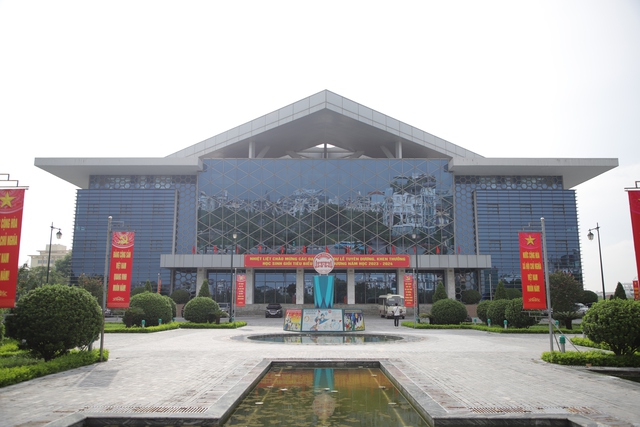
Practice shows that cultural and sports institutions play an important role, contributing to the building and development of culture and sports (Photo: Viet Hung)
In particular, cultural institutions contribute to preserving, maintaining and promoting traditional cultural values, building a new cultural lifestyle, promoting economic and social development, building a healthy cultural environment in agencies, units and schools, enriching the spiritual life of cadres, civil servants and people of all ethnic groups. The material facilities of the cultural institution system create favorable conditions to meet the needs of creativity, learning, exchange, enjoyment, cultural preservation and sports practice of all classes of people.
Over the years, the system of cultural and sports institutions has played a core role in organizing propaganda activities for local political and social tasks; it is the material basis and direct and effective tool of the Party Committee and the government in leading the masses to carry out political tasks. At the same time, it contributes to promoting the cause of industrialization and modernization of the country, especially in building new rural areas.
Taking the example of the current status of cultural and sports institutions in Ha Giang province, Ms. Nguyen Thi Hoai said that up to now, the whole province has 7 cultural and sports institutions, including 6 institutions managed by the culture, sports and tourism sector and 1 institution managed by the Tinh Doan.
According to statistics, 11/11 districts and towns have Cultural, Sports and Tourism Centers, reaching 100%; 168/193 communes have communal cultural houses (central halls), reaching 87%, of which 40% meet standards; 1,859/2,071 villages, hamlets, and residential groups have Cultural Houses - village sports areas and equivalent, reaching 90.3%, of which 45% meet standards;
"In recent years, local authorities at all levels in the province have paid attention to and focused on planning and allocating land funds to invest in the construction of cultural and sports institutions at all levels, in conjunction with the socio-economic development planning in localities and in accordance with the land use planning, urban planning, and integrated into the new rural construction planning, allocating land funds for construction in central locations, aiming to attract and create favorable conditions for people to regularly come to live, enjoy culture, practice physical exercise, sports and entertainment... A number of cultural institutional works of the province have been invested in, handed over and put into use, meeting the cultural needs of the people" - Ms. Nguyen Thi Hoai said.
Ensuring land fund for institutional construction
The management and use of cultural and sports institutions at all levels of the locality in the past time have achieved certain results. However, in the process of implementation in the province, there are still some difficulties and problems, in which, the arrangement of land funds for the construction of cultural and sports institutions, especially in villages and communes in mountainous areas according to regulations is very difficult. In addition, the investment costs for the construction of facilities and equipment of grassroots cultural and sports institutions do not meet the needs of the people.
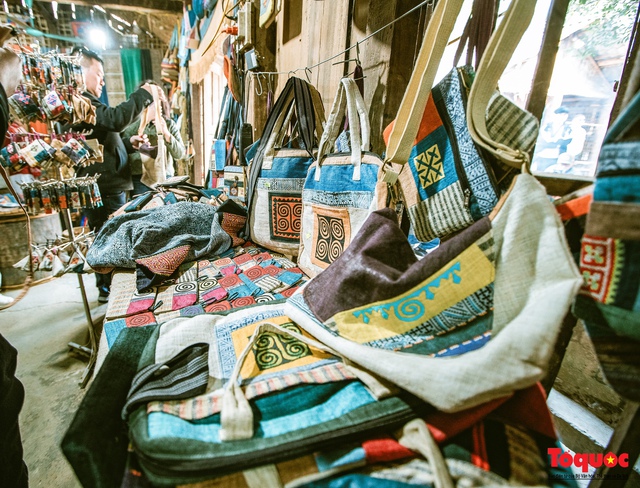
The arrangement and construction of facilities and equipment of grassroots cultural and sports institutions will meet the people's needs not only in terms of cultural enjoyment, but also create conditions for financial autonomy.
Ms. Nguyen Thi Hoai commented that, before planning, cultural and sports facilities were not built synchronously, many places were in inconvenient locations, not suitable for the characteristics of community living places.
Similar to Ha Giang province, Lao Cai province also faces many difficulties in building cultural and sports institutions in villages and hamlets. Mr. Vu Dinh Trong, Deputy Director in charge of the Cultural and Cinema Center of Lao Cai province (Department of Culture, Sports and Tourism of Lao Cai province) said: "Ensuring the criteria of Cultural Houses having enough area as well as playgrounds to serve the needs of sports activities of the community in the communes still faces many difficulties, especially for the highland border communes, due to the limited planning, land creation, budget allocation and socialization to invest in completing cultural institutions".
According to statistics, Lao Cai province still has 41/1,365 villages, hamlets, and residential groups without cultural houses (mainly in urban areas such as Sa Pa town, without land to build cultural houses); there are over 500 community cultural houses with small areas, not suitable for the population size/village, residential group after the merger.
"To solve the above problems, the Lao Cai Provincial People's Committee is currently assigning the Department of Culture, Sports and Tourism to review and advise on developing policies to support, repair, upgrade and expand community cultural houses in the province in the period of 2025-2030, expected to be issued in 2025 to ensure that 100% of villages and hamlets have standard cultural houses" - Mr. Vu Dinh Trong said.
According to Ms. Nguyen Thi Hoai, planning and investment in facilities and techniques must ensure the implementation of the master plan, develop a system of cultural and sports institutions at a strategic, long-term level; prioritize land funds in favorable locations and resources to build a system of grassroots cultural and sports institutions suitable to population distribution, in order to facilitate people's exploitation and effective use.
In addition, it is necessary to encourage investment in the construction of a number of large-scale cultural and sports projects, associated with the preservation and promotion of national cultural identity, meeting the needs of cultural enjoyment and creation of the times. At the same time, continue to invest in facilities, equip specialized vehicles; replace old and outdated equipment; renovate and upgrade existing cultural and sports institutions at all levels.
"Currently, the planning of Ha Giang province for the period of 2021-2030, with a vision to 2050, has built a Plan for the Development of Culture, Physical Training and Sports of Ha Giang province for the period of 2021-2030 with a vision to 2050, focusing on investing in the construction of infrastructure, cultural and sports institutions at the grassroots level. Every year, districts and cities include the content of land use arrangement in the construction of cultural and sports institutions in accordance with current regulations," said Ms. Nguyen Thi Hoai.
Source: https://toquoc.vn/tang-cuong-thiet-che-van-hoa-vung-dong-bao-dan-toc-thieu-so-dam-bao-so-luong-dieu-kien-co-so-vat-chat-20241111105950761.htm





![[Photo] Phuc Tho mulberry season – Sweet fruit from green agriculture](https://vstatic.vietnam.vn/vietnam/resource/IMAGE/2025/4/10/1710a51d63c84a5a92de1b9b4caaf3e5)

![[Photo] Prime Minister Pham Minh Chinh chairs meeting to discuss tax solutions for Vietnam's import and export goods](https://vstatic.vietnam.vn/vietnam/resource/IMAGE/2025/4/10/19b9ed81ca2940b79fb8a0b9ccef539a)
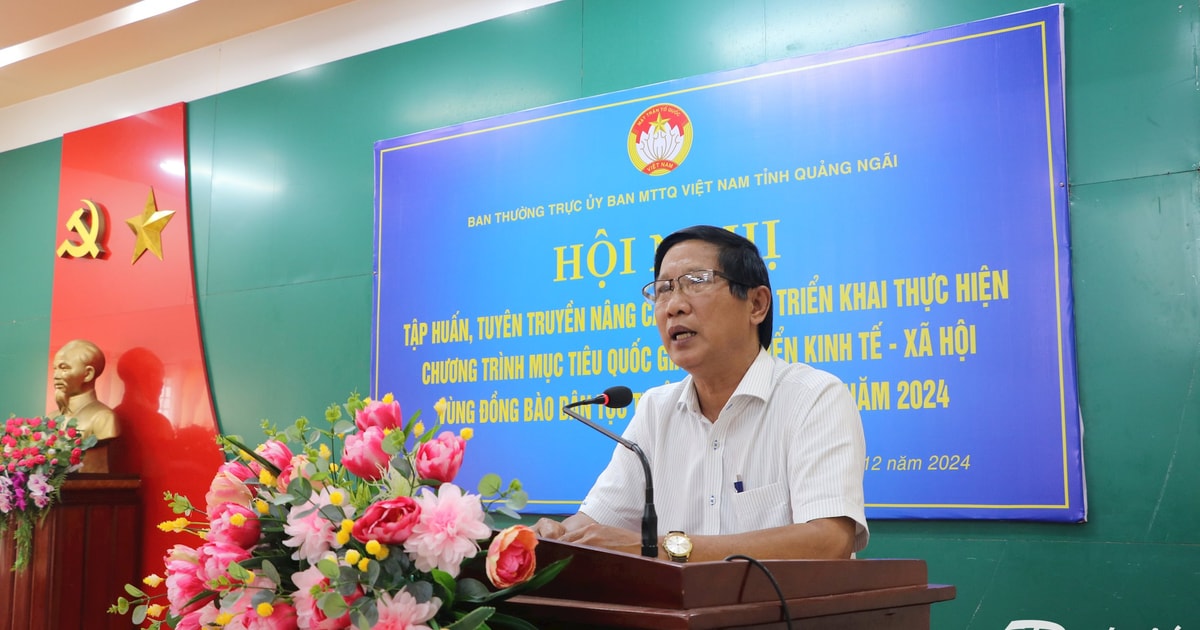



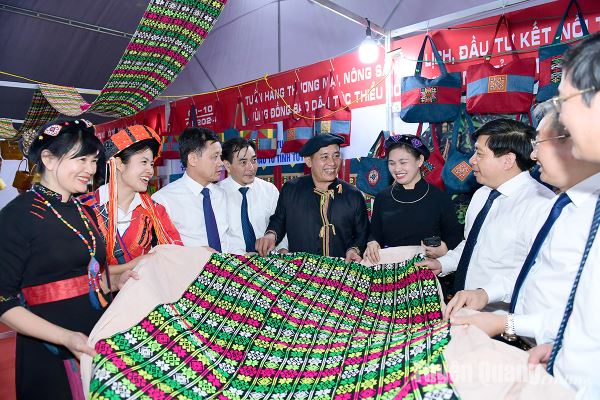
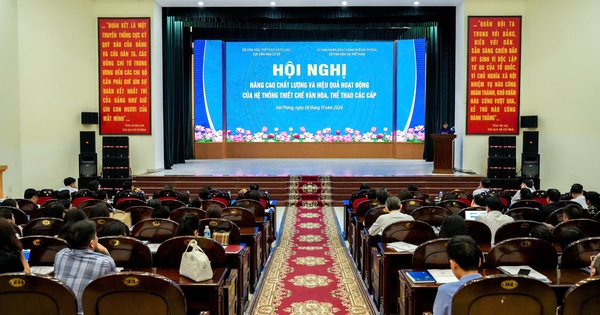
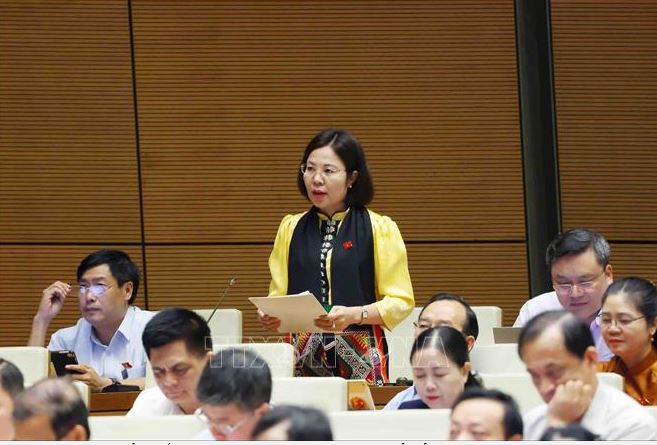

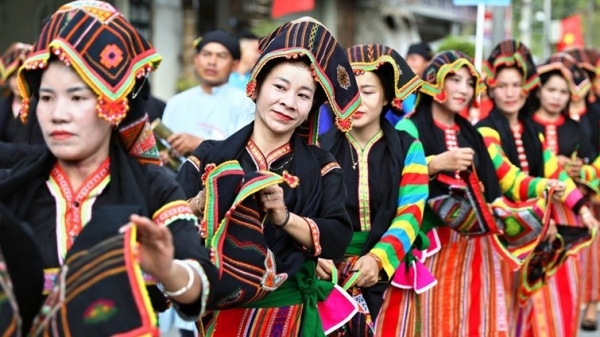


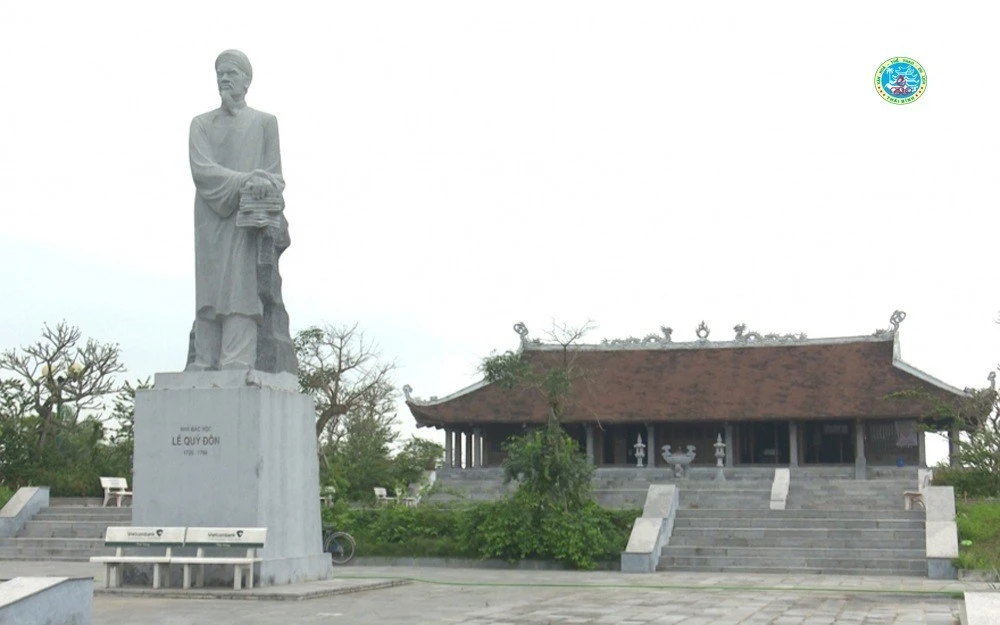
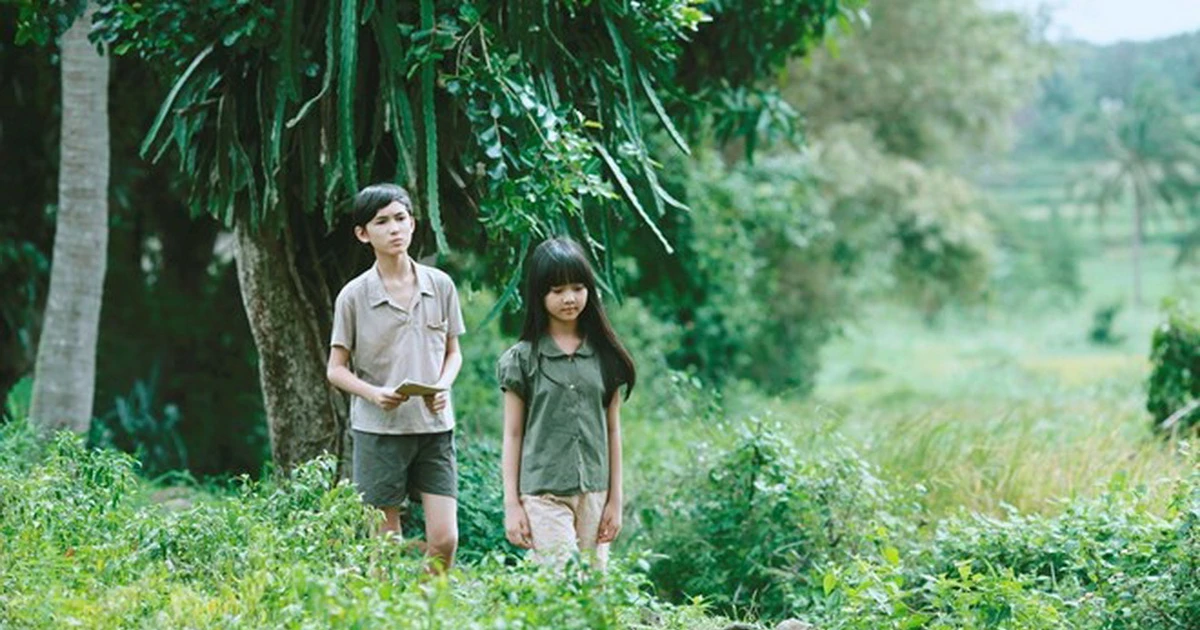
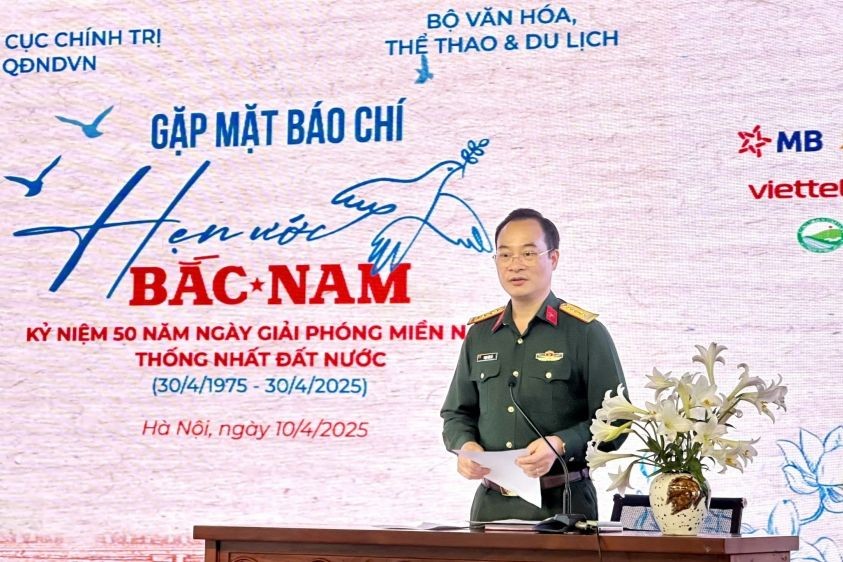

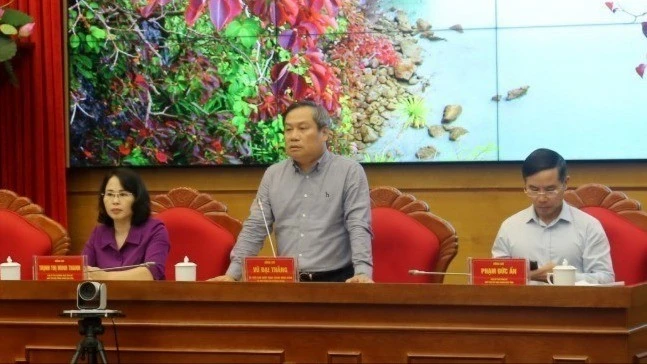





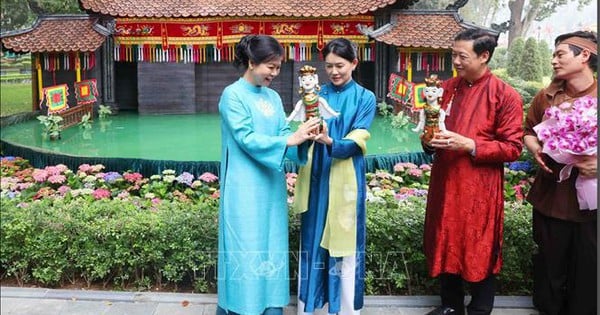
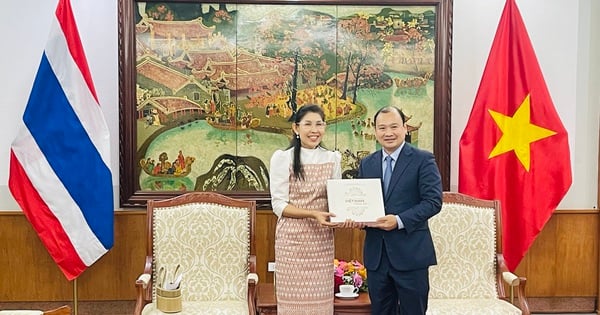
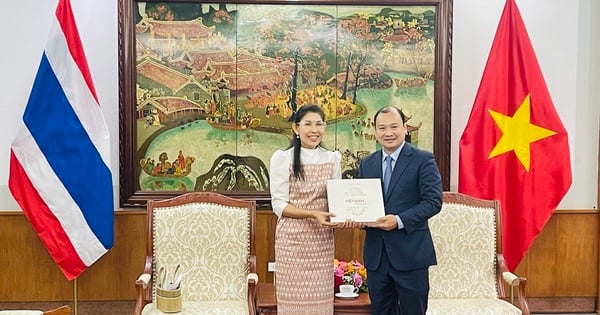
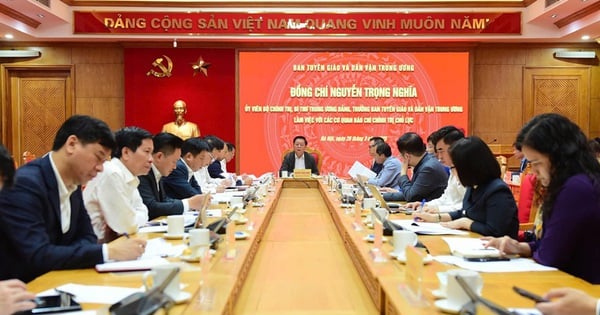
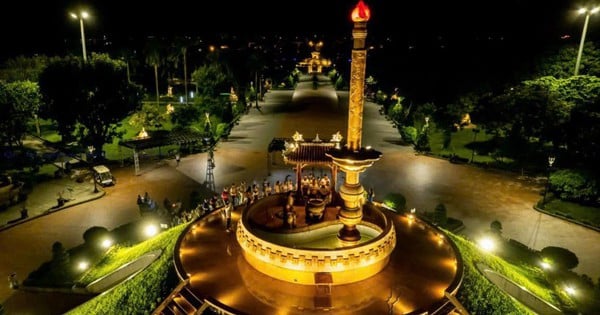
![[Photo] Unique folk games at Chuong Village Festival](https://vstatic.vietnam.vn/vietnam/resource/IMAGE/2025/4/10/cff805a06fdd443b9474c017f98075a4)









































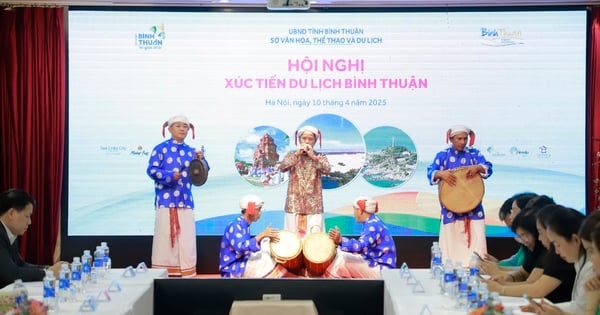







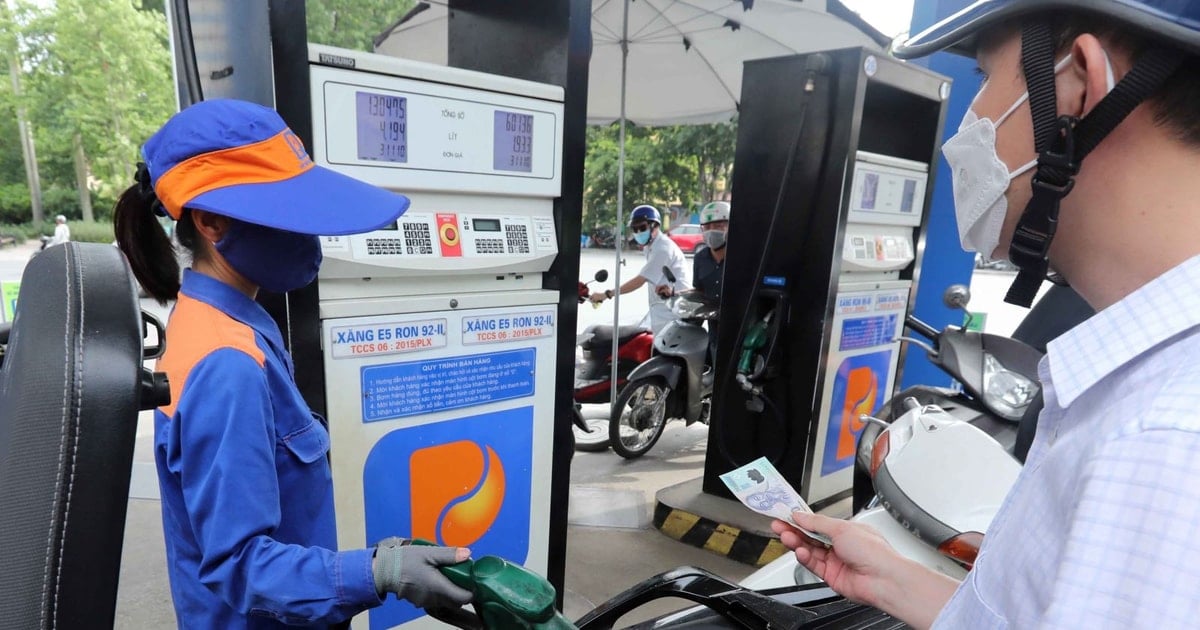

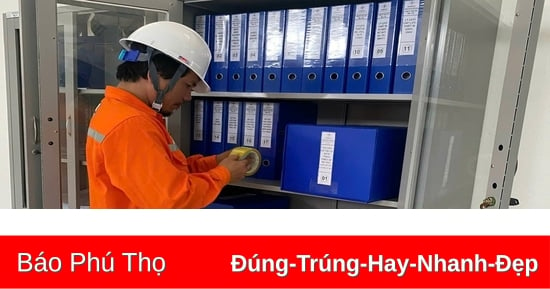

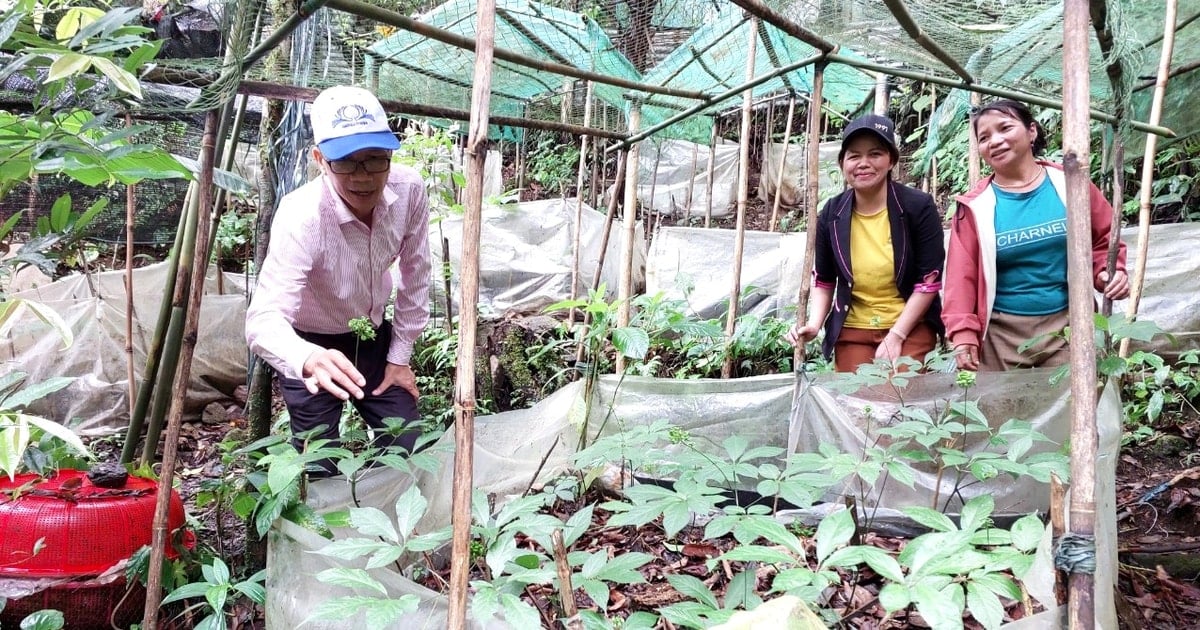

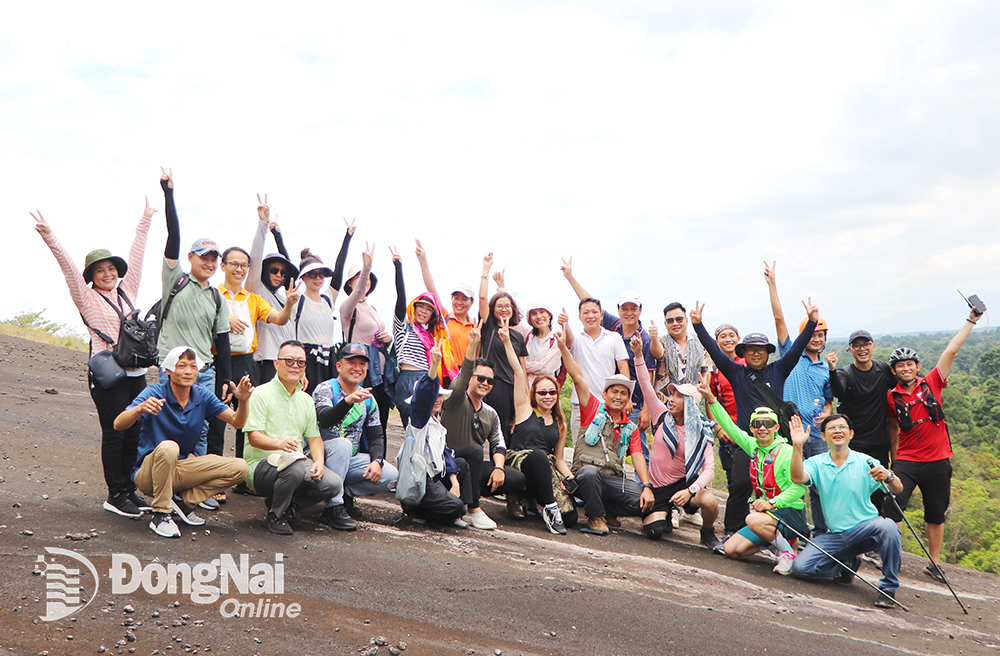









Comment (0)